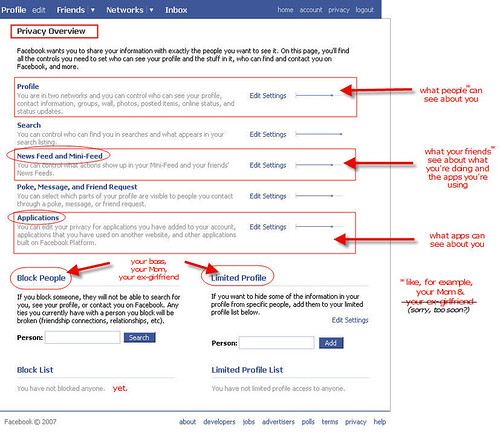 |
| Visa Mobile Payments |
Doesn't it seem like our cell phones have the capabilities to do anything? Cell phones can be used to take pictures, send email, get directions, text message, record videos, check Facebook, go on YouTube, and of course make phone calls. While the list of capabilities grows, add one more thing; now you can make mobile payments. Visa has invested in Square, which will allow phones and iPads to be credit card readers. This entry will analyze how the media has been covering this new idea of mobile payments.
New York Times blogger Claire Cain Miller wrote an article on April 27th that really described the Square, some of it's competition, and what exactly it could do for the world. The Square could possibly turn 27 million businesses that don't accept credit cards into Visa customers. In the video below Mary Carol Harris from Visa describes the plan for mobile payments.
Another article compiled by PRNewswire on April 27th helped to establish trust for businesses by describing a set of mobile acceptance practices put together by Visa for merchants, software developers, and device manufactures that are using consumer mobile devices to accept credit card payments.
Will Hernandez of the American Banker wrote an article on April 12th that described the mobile payments plan as an opportunity for growth. The article focuses on Visa Europe, and incorporates many of the investments and steps that have been taken to get Visa to the point of mobile payments. An interesting fact that was highlighted revealed that Visa Europe has invested $1.4 billion dollars yearly since 2004 to payment technology, including mobile payments."Building security into the DNA of mobile acceptance solutions is necessary to help grow the channel and encourage innovation," said Bill Gajda, head of global mobile product, Visa Inc. "Providing security guidance to retailers and the industry, as mobile phones used as card acceptance devices are still emerging, will help ensure acceptance solutions are secure, provide a strong foundation for future growth of this channel and foster consumer trust in mobile commerce."
All in all, what I find to be so astonishing is the progression of overall idea. It seems unreal to me that we could be using our cell phones to pay for things. Really, it's genius. We always carry our phones with us. They would always be available to make payments. Mobile payments are a great example of the progression of our overall technology. It will be interesting to see how it all unfolds.












